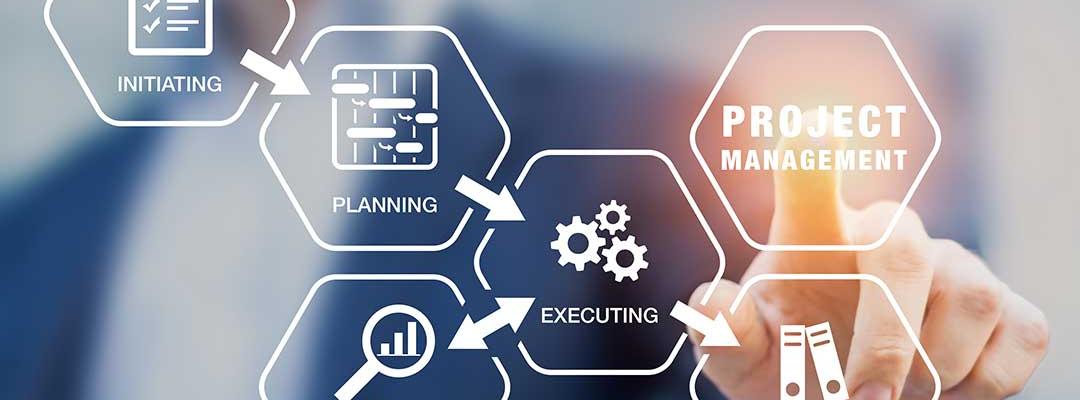- September 5, 2023
- Posted by: team SOUTECH
- Category: Others

Risk management is a cornerstone of successful project management, and it’s a significant domain within the PMP framework. In this article, we provide a comprehensive guide to risk management in PMP, outlining key processes and best practices.
Risk Identification: The first step in risk management is identifying potential risks. This involves systematically identifying and documenting risks that could affect the project, both positively and negatively.
Risk Analysis: Once risks are identified, they must be analyzed. This involves assessing the probability of each risk occurring and its potential impact on the project’s objectives. Risks are often categorized as high, medium, or low based on this analysis.
Risk Response Planning: After analysis, a risk response plan is developed. For each identified risk, a strategy is defined. This can involve risk mitigation (taking actions to reduce the probability or impact of the risk), risk acceptance (accepting the risk with no action), risk avoidance (changing the project plan to eliminate the risk), or risk transfer (shifting the risk to a third party).
Risk Monitoring and Control: Risk management is an ongoing process. Project managers continuously monitor risks throughout the project lifecycle. If new risks emerge or the severity of existing risks changes, the risk response plan may need to be adjusted.
Communication: Effective communication is critical in risk management. Stakeholders must be kept informed about potential risks and the actions being taken to mitigate them. Transparency is key to building trust and ensuring that everyone is on the same page.
Documentation: All aspects of risk management, including risk identification, analysis, response planning, and monitoring, should be well-documented. This documentation serves as a historical record and is invaluable for future projects.
Risk Register: The risk register is a central document that contains all information about identified risks, their analysis, and the planned responses. It’s a living document that is updated throughout the project.
Continuous Improvement: After the project is complete, a lessons learned session should be conducted to assess the effectiveness of the risk management process. Any insights gained can be used to improve future risk management efforts.
Effective risk management is a critical skill for PMP professionals. By following these processes and best practices, project managers can proactively address potential issues and increase the likelihood of project success.


